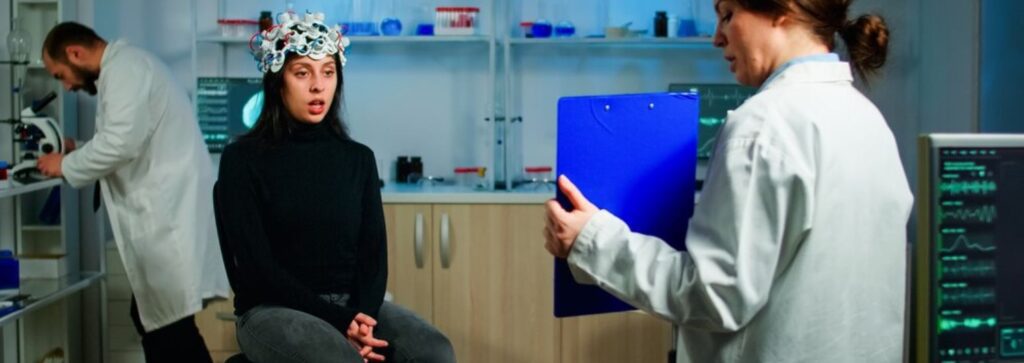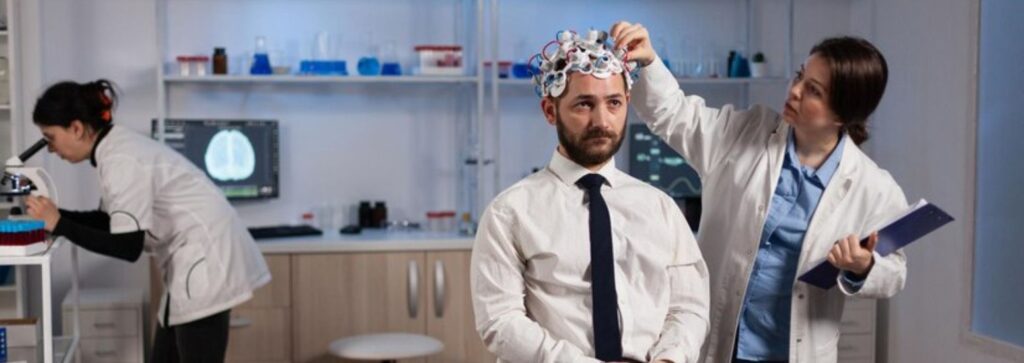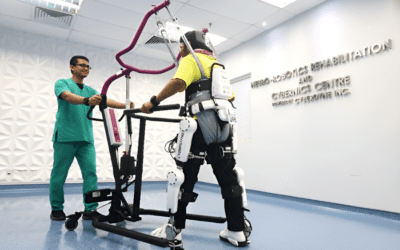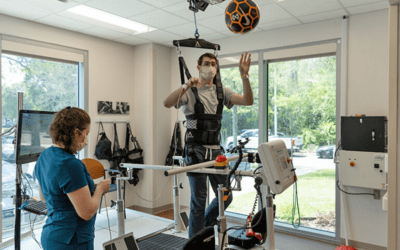Neurostimulation devices are implantable, programmable medical devices that deliver electrical stimulation to specific parts of the patient’s brain, spinal cord, or peripheral nervous system to help treat various conditions,
Neurostimulation devices can be safely and effectively employed for the treatment of drug-resistant epilepsy. The commercially available Brain stimulation devices, namely Vagus nerve stimulation (VNS), deep brain stimulation (DBS), and responsive Neurostimulation (RNS), treat epilepsy through different approaches.
Let’s see how broad the field of brain stimulation has become recently, including basic research and clinical application of the treatment
Neurostimulation is used in many medical technologies, with some devices already approved for clinical use. The field of Neurostimulation has evolved over the last few decades from a crude, low-resolution approach to a highly sophisticated methodology entailing the use of state-of-the-art technologies.

Numerous brain stimulation methods are being investigated to serve as Neuromodulatory techniques, treating various neuropsychiatric or neurological disorders. These are divided into non-invasive and invasive methods.
Non-invasive brain stimulation includes transcranial magnetic stimulation (TMS), transcranial direct current stimulation (tDCS) transcranial alternating current stimulation (tACS), transcranial electrical stimulation (tES), and non-invasive Vagus nerve stimulation (VNS). Invasive brain stimulation includes intracortical microstimulation (ICMS) and deep brain stimulation (DBS).
Identifying the factors of clinical response or resistance to these techniques is important for optimising therapeutic outcomes…
Clinical Applications
Neuromodulation has wide-ranging potential applications in replacing impaired neural function, as a novel form of medical treatment (therapy), and as a tool for investigating neurons and neural function (research).
Neuromodulation is among the fastest-growing areas of medicine, involving many diverse specialities and impacting hundreds of thousands of patients with numerous disorders worldwide.
Neurostimulation devices are clinically applied as…
Transcranial magnetic stimulation
Transcranial magnetic stimulation (TMS) is a procedure that uses magnetic fields to stimulate nerve cells in the brain to improve symptoms of major depression and other brain-related issues. It’s a “non-invasive” procedure.
Vagus nerve stimulation
Vagus nerve stimulation may also be helpful for people who haven’t responded to intensive depression treatments, such as antidepressant medications, psychological counselling (psychotherapy), and electroconvulsive therapy (ECT).
The Food and Drug Administration (FDA) has approved Vagus nerve stimulation for people who are 4 years old and older, who have partial epilepsy and have seizures that aren’t well-controlled with medications.

Intracortical Microstimulation
Intracortical microstimulation (ICMS) is widely used in neuroscience to identify a causal connection between cortical neuronal activity and a specific brain function. This is a more invasive approach to activating neurons.
Deep Brain Stimulation
Unlike other surgical options, an advantage of DBS is that it is reversible and does not cause permanent damage to any part of the brain. Deep brain stimulation (DBS) is a surgical procedure that involves implanting electrodes in the brain, which deliver electrical impulses that block or change the abnormal activity that causes symptoms. The deep brain stimulation system operates much the same way as a pacemaker for the heart. DBS is referred to as the pacemaker for the brain.
Rapid advancements in Neurostimulation technologies are providing relief to an unprecedented number of patients affected by debilitating neurologic and psychiatric disorders.



